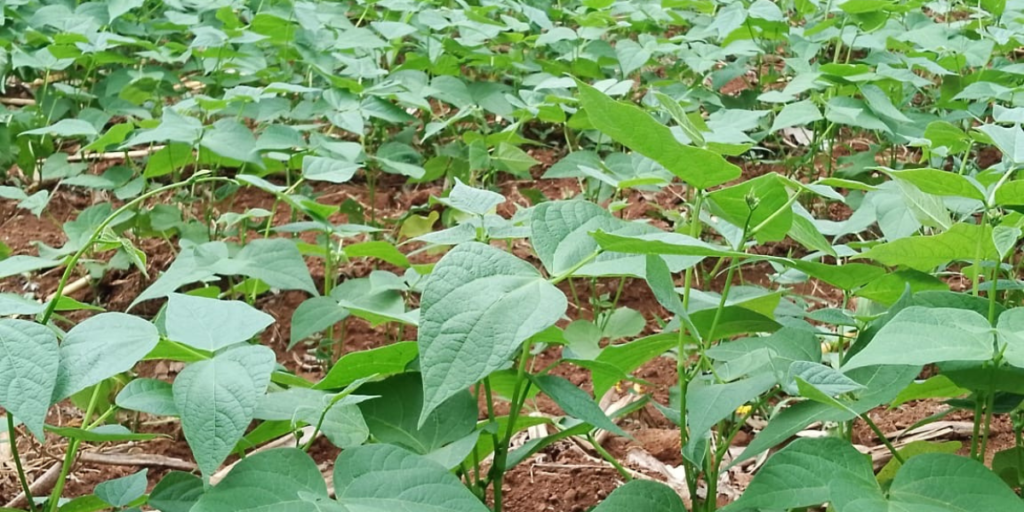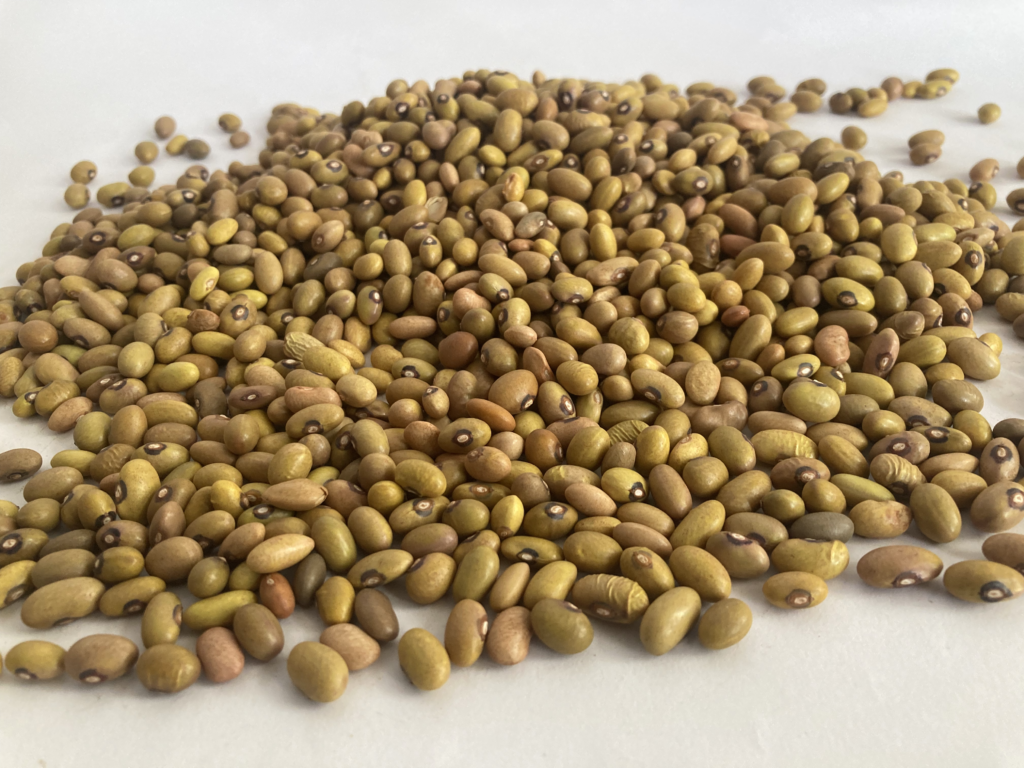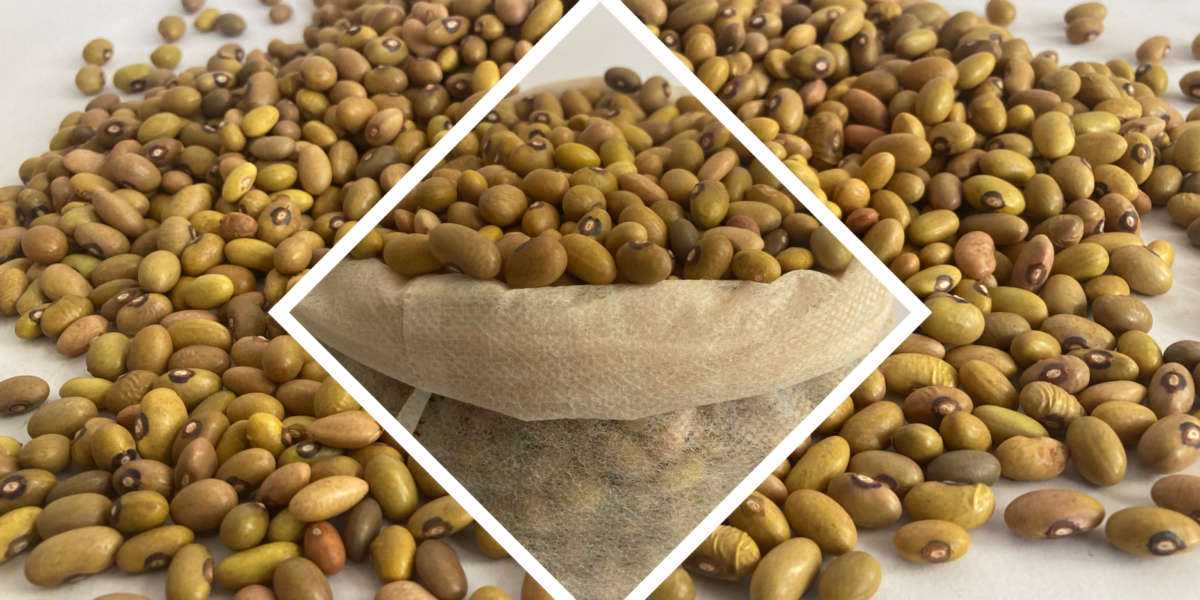Are you thinking of trying your hand at bean production? Well, bean farming is one of the most profitable agri-business ideas in Kenya especially owing to the fact that this is a plant that thrives in almost all ecological zones in the country. Whether you are a smallholder farmer or a large scale one, an investment in bean production is sure to boost your fortunes provided everything is done right. And by ‘everything’ we’re referring to:
- Involving farming experts
- Careful selection of site
- Knowing your market
- Planning your production cost ahead
- Knowing the main pests and diseases and how to mitigate them
How to Approach Bean Farming
Beans (Phaseolus vulgaris) are an annual crop that can be grown for up to 3 seasons per year. And the best part? The crop enjoys stable demand throughout the year seeing as it is one of the country’s staple foods. Like any other area of business, an investment in bean farming should be approached with a firm grasp of the facts and figures that matter.

Capital Outlay per Acre
| Item | Quantity | Amount in Kes (estimates) |
| Land leasing | 1 acre/year | 10000 (may vary) |
| Certified Seeds | 25KG @335 | 8375 |
| Ploughing | – | 5000 |
| Soil testing | – | 5000 |
| Irrigation (Optional) | – | 40,000 |
| Labour: Furrowing Planting 1st and 2ndweeding Spray Harvesting | 35 man- day@ 300 | 10500 |
| Agrochemicals | 2 litres | 3000 |
| Fertilizer: D.A.P C.A.N/NPK (17:17:17) | 50 Kg 50 Kg | 6000 4200 |
| Miscellaneous | 4000 | |
| Total | 96,075 |
Site Selection
After determining the total input cost, while selecting the site you should consider the following:
- Altitude: Beans grow well at an altitude of 1200- 2100 meters above sea level with an exceptionally fast growth rate at lower altitudes.
- Rainfall: you should pick a site that receives 800-2000 mm of rain across the growing season. Excess watering might have a ripple effect on productivity. Consider supplementary irrigation in case rain is insufficient.
- Soils: Choose properly drained, fertile sandy loam or clay loam soils with a pH of 5.5 – 7.5.
- Temperature: beans do well at a relatively wide range of temperature levels (14-33 degrees Celsius), be keen to avoid extremely low temperatures which tend to affect blooming and flowering.
Do soil testing to determine the pH and the nutrient elements available in the soil to inform the choice of fertilizer and other elements to supplement in subsequence.
Best Areas to Grow Beans
Beans are adapted to a wide range of ecological zones which includes areas like Isinya in Kajiado, Matuu, Yatta, Ngoliba, Nyandarua, Bungoma, Kakamega, Uasin Gishu, parts of molo (Nakuru), Kiambu, Tharaka Nithi, Kirinyaga, Busia, Vihiga, Nandi hills, Siaya, Oyugis (Homabay), Embu, Endarasha (Nyeri), Narok, Bomet, Meru and Trans Nzoia among others.
NB: Remember not all the varieties will do well across the regions, you have to do proper research on which variety is well adapted to what area by consulting local extension officers or agronomists to make your investment worthwhile.

Choice of Variety
The choice of the right bean variety can be a crucial factor in your success. You have to pick a variety that is highly productive and suited to your area. Among the major varieties available include:
- Yellow bean – tolerant to diseases, high in demand
- Rosecoco – High maturity, highly productive
- Yellow/ Green – Tolerant to diseases
- Nyayo – Tolerant to drought
- Nyota – Tolerant to both disease and drought, highly productive
Other varieties include Wairimu, Mwezi Moja, Chelalang, Faida, Kenya Safi among others.
Land Preparation and Planting
Land preparation should always begin with well…ploughing the land, preferably using a disc plough to open up the soil. This should then be followed by harrowing to give the soil a fine tilth.
Seeds should be sourced from a KEPHIS-accredited seed merchant like KALRO, Simlaw Seeds, or Kenya Seed Company.
Planting is typically done using jembes and forks at a spacing of 15x40cm if planting two seeds per hole or 15x30cm if planting one seed per hole.
On average, you need about 25 to 50KGs of certified seeds per acre of land.
Two handfuls of well-rotten manure per hole or DAP fertilizer at a rate of 50KGs per acre can be used.
Avoid using seeds from the granary (farmer-stored seeds) by all means as this is normally associated with hybrid breakdown whereby from the second planting yield reduces by half of each replant.
Caring for Your Beans
Keep the seedbed weed-free by manually weeding or by use of selective herbicide for beans like BeansClean 480 SL® which is a renowned herbicide commonly used by bean farmers in the country.
Watering should be done regularly; typically, thrice a week, especially during the critical stages of growth namely flowering, podding, and fruiting.
Top dressing should be done at 4 weeks upon germination. This should be done using Calcium Ammonium Nitrate (CAN) fertilizer at 50KG rate per acre. This can be later followed by an application of foliar fertilizer to enhance flowering and pod setting.
Pest and Disease Management
Beans are tolerant to most diseases but not immune to bean rust, Common Bacterial Blight (CBB), Anthracnose, and root rot.
You can significantly reduce the risk of having to deal with pests and diseases by using certified seeds from KEPHIS-accredited suppliers. Other measures you can take include:
- Proper and timely scouting for early signs of disease
- Maintaining field hygiene
- Use of synthetic chemicals
Thrips, bean flies, root-knot nematodes, and aphids can be equally problematic. These should be addressed using yellow insect stick tapes or by introducing ladybirds into your farm. You may also use inorganic chemicals like Cypermethrin.
Harvesting and Post-Harvest Management
Beans are normally ready for harvest when the pods begin to dry but just before they start to shatter (breaking/splitting). Uproot the entire plant when almost 90% of the pods are either dry or withered. Dehusking/threshing then follows which separates the beans from the husks.
You should also be sure to winnow the beans to separate chaff from grain – this can be done either using sieves or the wind.
You can then pack the grain in sisal or plastic bags before fumigating them and storing them ready for the market.
Output Per Acre
Yields may vary widely depending on the season, bean variety, crop nutrition, management, and watering. Generally, with diligent management, different bean varieties tend to yield as follows:
| Variety | Yield per acre (90kg bag) |
| Yellow bean | 12 |
| Yellow-green | 12 |
| Chelalang | 12 |
| Rosecoco | 10 |
| Nyota | 9 |
| Wairimu dwarf | 8 |
| Canadian Wonder | 8 |
Marketing
It is always important to have a good understanding of the market beforehand. Fortunately, beans are always in demand in rural and urban settings.
You can sell your beans either directly to consumers (e.g., local schools or restaurants), through middlemen or brokers (least recommended), processing companies, and supermarkets or you can be a contract farmer for seed companies like East African Seed or Kenya Seed.
Also, different bean varieties fetch different prices. For instance, the Yellow Bean variant tends to fetch better prices than the Wairimu Dwarf variant.
With a farm gate price of Ksh150 per kilo of yellow beans and an optimal harvest of 12 bags, you are likely to take home Ksh162,000 worth of sales in barely 3 months.
With up to 3 farming seasons per year, it is possible to cut down on input costs and improve efficiency to yield even bigger profit margins.
Conclusion
There you have it – a comprehensive guide on bean farming. The most important thing to keep in mind is that prior planning is key. This will help you acquire all the resources you need to run an optimally profitable farm.
Generate a Business Plan (PDF) for your Bean Farming Idea Instantly
10-Page Plan for Just Ksh50/- per PDF.

With a BSc in Agricultural Biotechnology, Dennis is a results-oriented author who draws extensively from his farm management experience. When he’s not working on the farm or contributing to the Bizsasa platform, he enjoys watching soccer with friends.

Amazing guide
Please call me on 0722****04
Comments are closed.